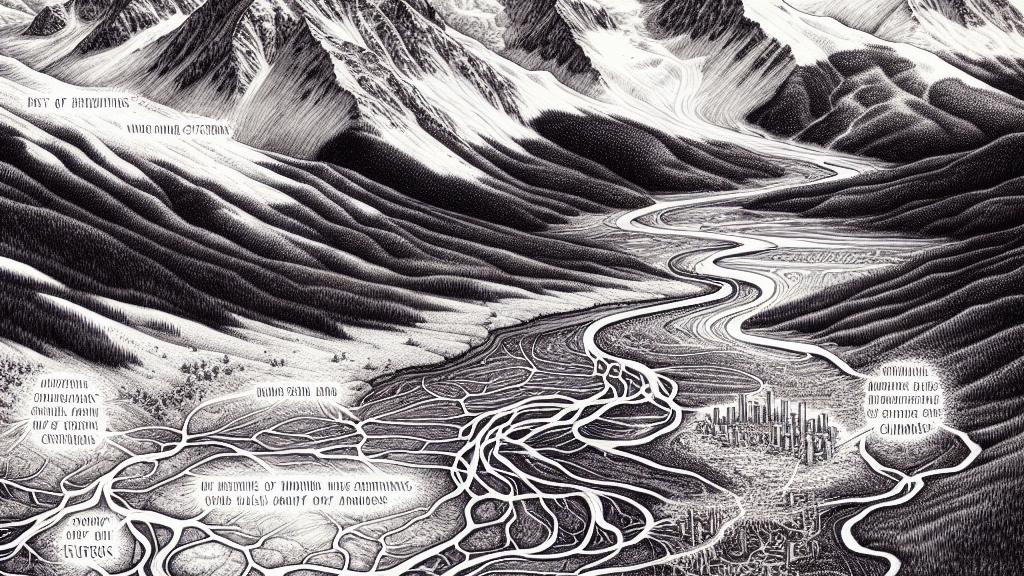Innovative NASA Technology for Snowpack Monitoring
Overview
- NASA's SNOWWI instrument redefines how we measure snowpack globally.
- Successful tests in Colorado reveal crucial insights into snow characteristics.
- Understanding snowmelt dynamics is vital for sustainable water resource management.

The Critical Role of Snowpack
In the majestic Rocky Mountains of Colorado, snowpack isn't just winter's beauty; it serves as a lifeline for millions. It is astonishing to learn that up to 75% of annual freshwater in some states, including California, flows from these icy peaks into major river systems. Imagine cities like San Francisco and Los Angeles, thriving thanks to this melted snow, which unpredictably weaves through complex ecosystems. Yet, with climate change escalating temperatures, this vital resource faces threats—diminishing runoff can disrupt not only municipal water supplies but also agricultural irrigation, leading to food security concerns. Hence, the imperative for meticulous monitoring has never been clearer; we must ensure a dependable water future for these communities.
Introducing SNOWWI: A Game-Changer
Enter SNOWWI, NASA's groundbreaking Snow Water-equivalent Wide Swath Interferometer and Scatterometer, designed to transform snow measurement practices. This ingeniously crafted instrument utilizes dual-frequency radar to penetrate snowpack, providing insights into both its microstructure and depth, which are essential for accurate assessments. During the initial test flights in Colorado’s Grand Mesa, conducted in the frosty months of January and March 2024, the team captured invaluable data that transitioned from theory to real-world application. The beauty of SNOWWI lies in its ability to map vast snowy landscapes in just 30 minutes, potentially revolutionizing how municipalities track their freshwater reserves. By differentiating between snow layers, it empowers scientists to distinguish the impacts of microstructure changes from depth, leading to more informed water management decisions.
Toward a Sustainable Future: The Broader Impact
As we look to the future, the potential applications of SNOWWI are remarkable. Consider the vision: satellites equipped with this technology could meticulously monitor snowpack across the globe, providing continuous data that influences everything from agricultural practices to urban infrastructure planning. Chris Derksen, a glaciologist who recognizes the immense implications of such advancements, asserts that a reliable global snowpack database would be nothing short of revolutionary. He captures the essence of snowmelt's economic significance by likening it to currency, essential for maintaining thriving ecosystems and vibrant communities. With reliable data, we can better adapt to climate shifts, protecting our water resources and ensuring ecological balance. Ultimately, the quest for a comprehensive understanding of snowmelt dynamics promises not only to sustain our present but to safeguard the future of our planet.

Loading...